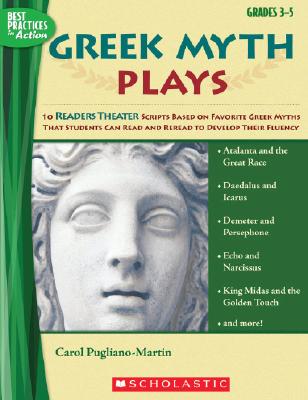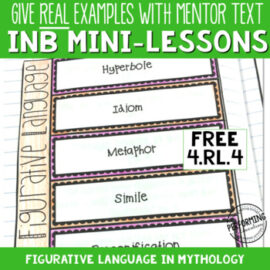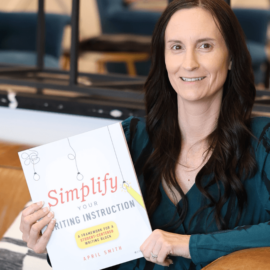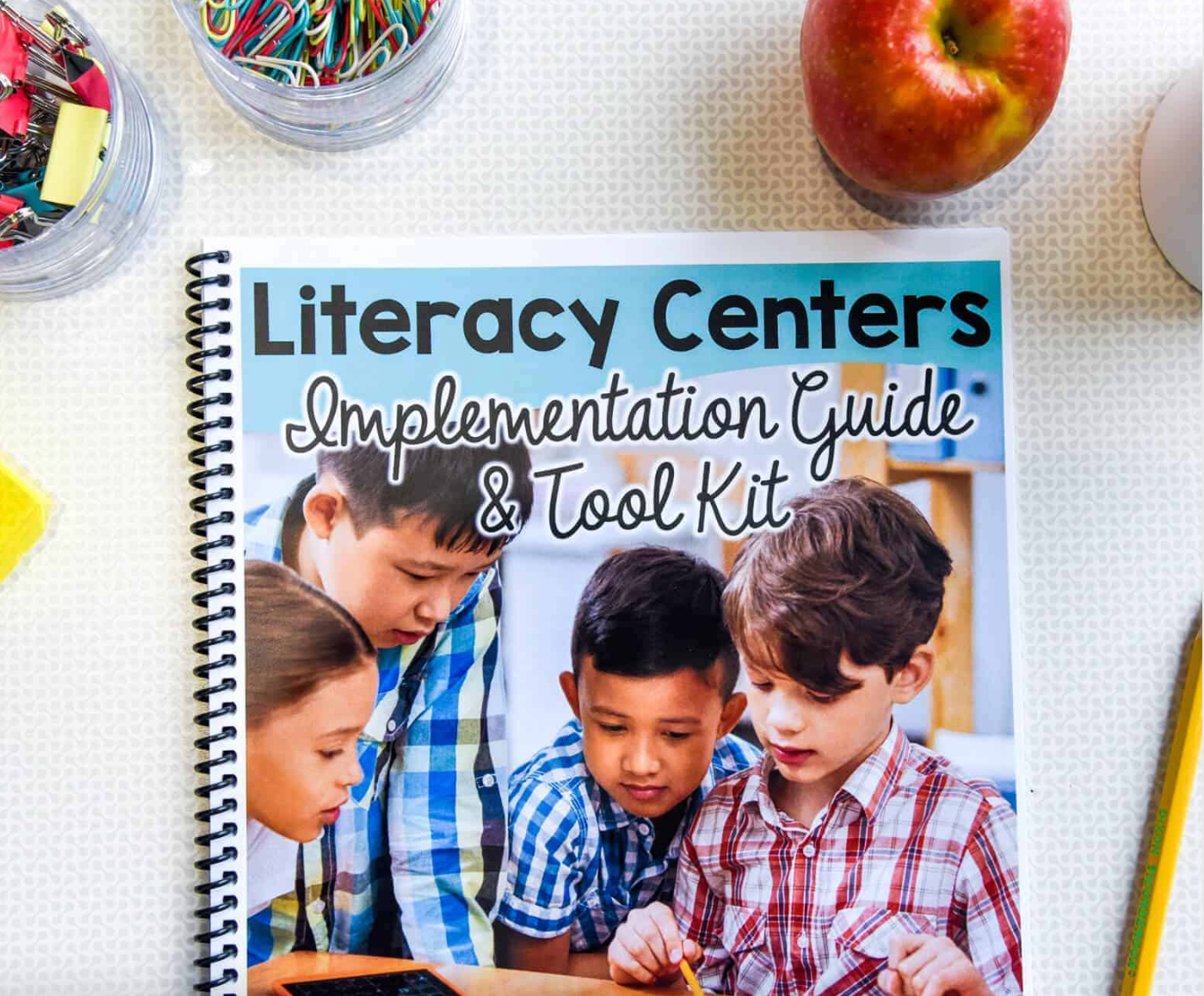I love teaching reading, and figurative language is one of my favorite standards to cover. It’s not as easy to teach as it used to be, with new standards and testing requirements. Unfortunately, with the pressure of testing and rigor, reading has become more competitive than fun. Students are pushed until their breaking point to read more rigorous material that is sometimes hard to relate to. Even after standard changes and new testing goes into effect, one fact still remains: If kids aren’t engaged in the reading, they won’t learn much.
So how do I teach my reading standards now? Over the last few years, I’ve been pairing hands-on interactive notebooks with engaging picture books – mentor text.
Disclaimer: There are affiliate links in this post. You don’t have to buy anything, but if you do, it won’t cost you anything extra to use my links. Thank you!
The Benefits of Using Real Text
A few years ago, I began working on interactive notebook pages that went with some of the treasured mentor texts in my classroom. I found that students understood the concepts better when shown in actual literature. Context is key when teaching any new information. Not only is real text more engaging for your students, but it shows them the real-life applications of the reading standards.
My Mentor Text of Choice
For this lesson, we start with Greek Myth Plays by Carol Pugliano-Martin. I love this book because it has several different stories, and most display several examples of each type of figurative language.

Teaching Figurative Language with Mentor Text
We begin the week with a mini-lesson using their interactive notebooks and mentor text. First, we setup our notebooks. I set a timer for 2 minutes and they frantically cut and paste. We then discuss what figurative language is and write the definition of each type we are studying this week.
When they’re ready, we move on to the mentor text. Usually I’ll read it at the carpet (yes, even with kids as old as 6th grade!) and model my thinking aloud. However, this text is pretty long and is best if we analyze it together, so I do a quick read through and then set students up in groups to look at individual stories for examples of figurative language.
I tell them: Look for any language that seems strange, silly, or ridiculous. Then, check your definitions in your notebook to see if it’s a type of figurative language that we’re studying. We will often use post-it notes to write down quotes and classify them under the figurative language we think they fit under.
Finally, we come together to reread the story and share some of our ideas. We write the best examples of each type of figurative language in our notes.
After Our Notes (The Next Step)
After the interactive notebook lesson, we use the notes to apply what we’ve learned. Each day, the reading material gets increasingly harder, but I stick with topics that my students are interested in.
When my students check books out of our classroom library, I take notice. We use the most popular books to search for figurative language. Another way we follow up on the skills learned is by holding a weekly book club, where the topic of discussion is figurative language in the pages they read that week.
Get the Interactive Notebook Pages
Click here to download the interactive notebook pages.





